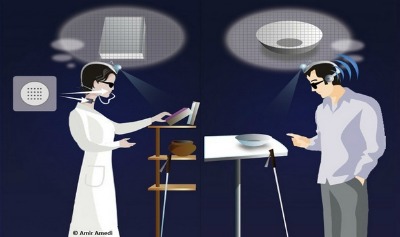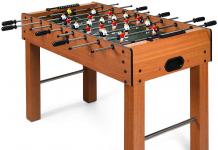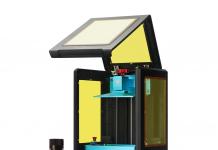As we improve our technologies in all areas, including consumer technology there is one area that we still seem to be falling short. Of course despite the fact that we aren’t really using the tech to help those who can’t help themselves, there are some who are working for just that goal.
We have seen different wheelchairs that help those who have to ride in them in different ways. One such wheelchair will actually respond to voice commands while another will give the visually impaired auditory warnings whenever they are about to run into an obstacle. Of course there are some visually impaired people who do not want or need to be in a wheelchair. Now there is a kind of virtual cane that will work better to warn them without having to use the recognizable white cane.
This particular device actually comes in two different parts, one that is a sonar blasting hand held device and another that is strapped around the head. The hand held device is aimed around the visually impaired person’s surroundings. The device then shoots electrical impulses back to the head gear which maps out the surroundings thanks to a series of vibrations that will tell the user where obstacles are, and how high or low they are. The device basically uses a kind of sonar to alert the user to where they need to avoid and where they can safely tread.
The Virtual Cane was invented by researchers at Israel’s Hebrew University and is actually an improvement over their first prototype. According to those who made the device, the learning curve on how to actually use the Virtual Cane is supposed to take just a few minutes and it can actually be charged to be toted around for up to 12 hours. The device can apparently map out the surroundings of whatever environment the user is in for up to 10 meters in order to be safe.
According to the inventors, the device is working so well that it can actually guide those who are trained on it to navigate a maze in perfect dark with no problems.











